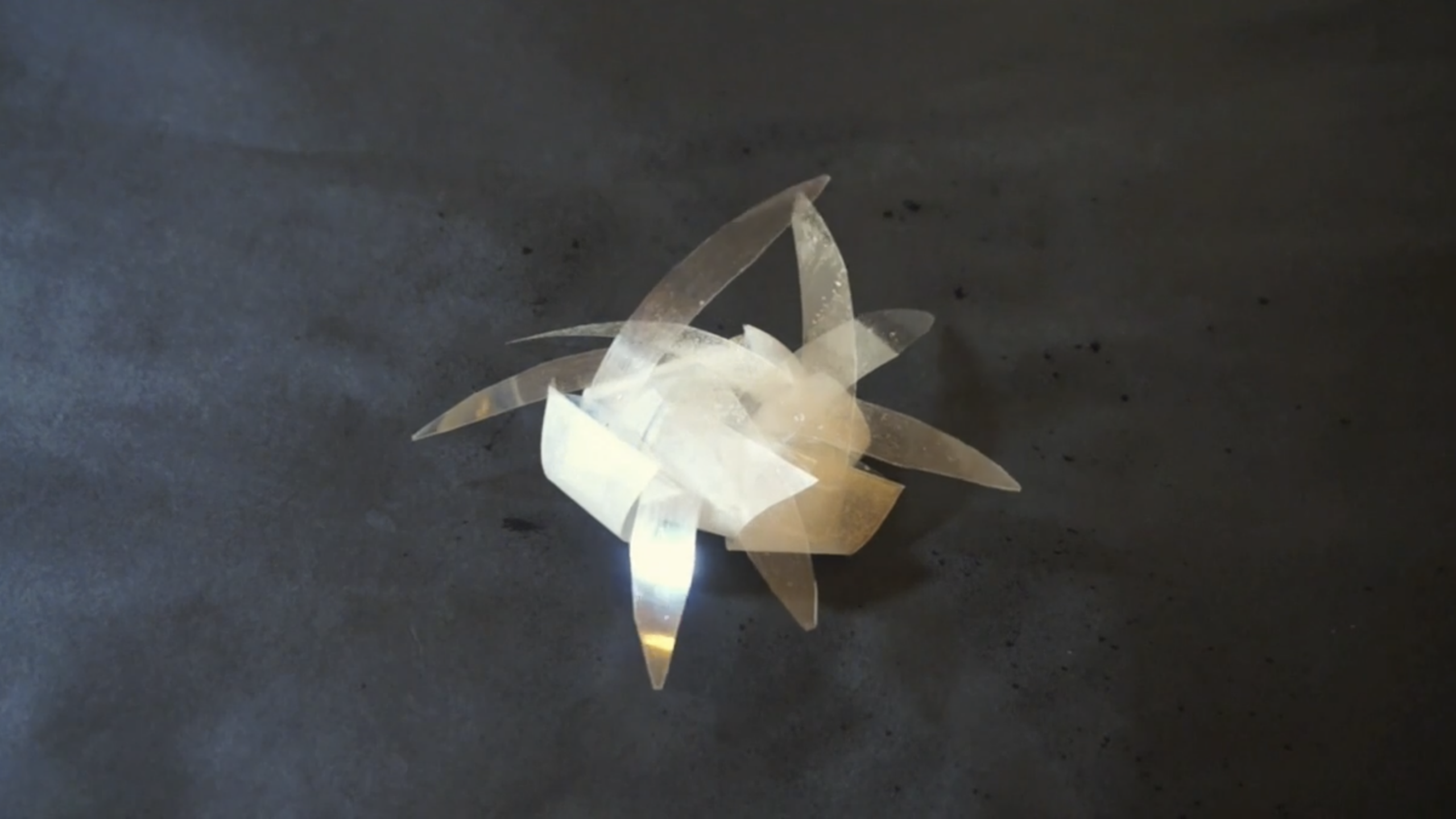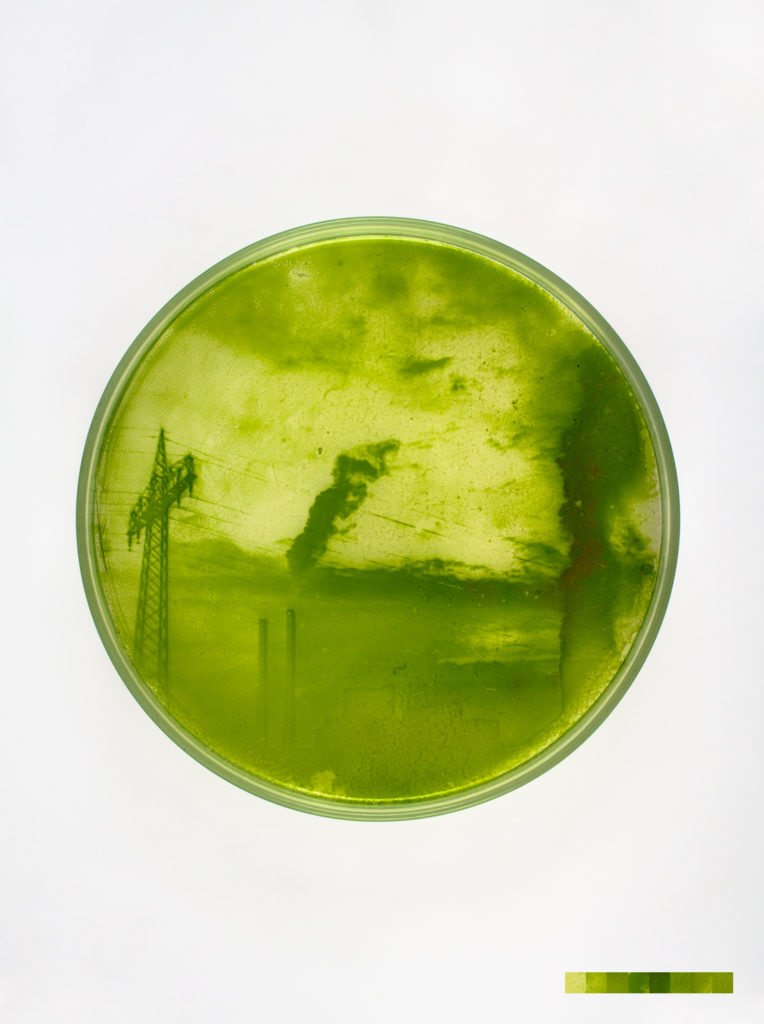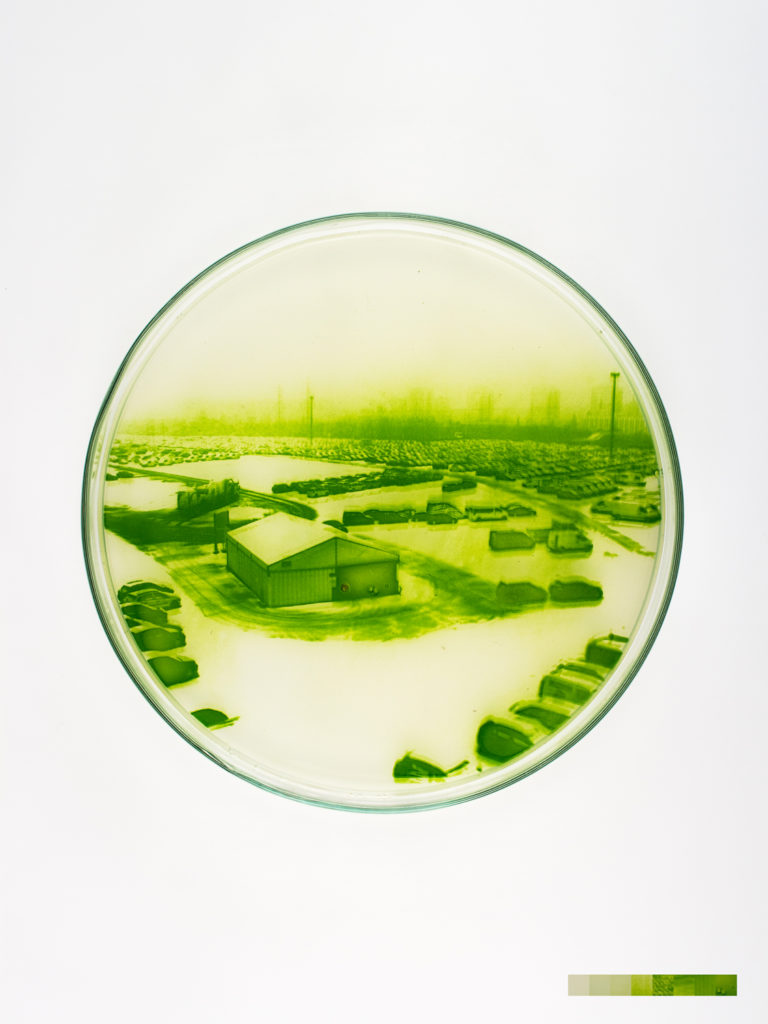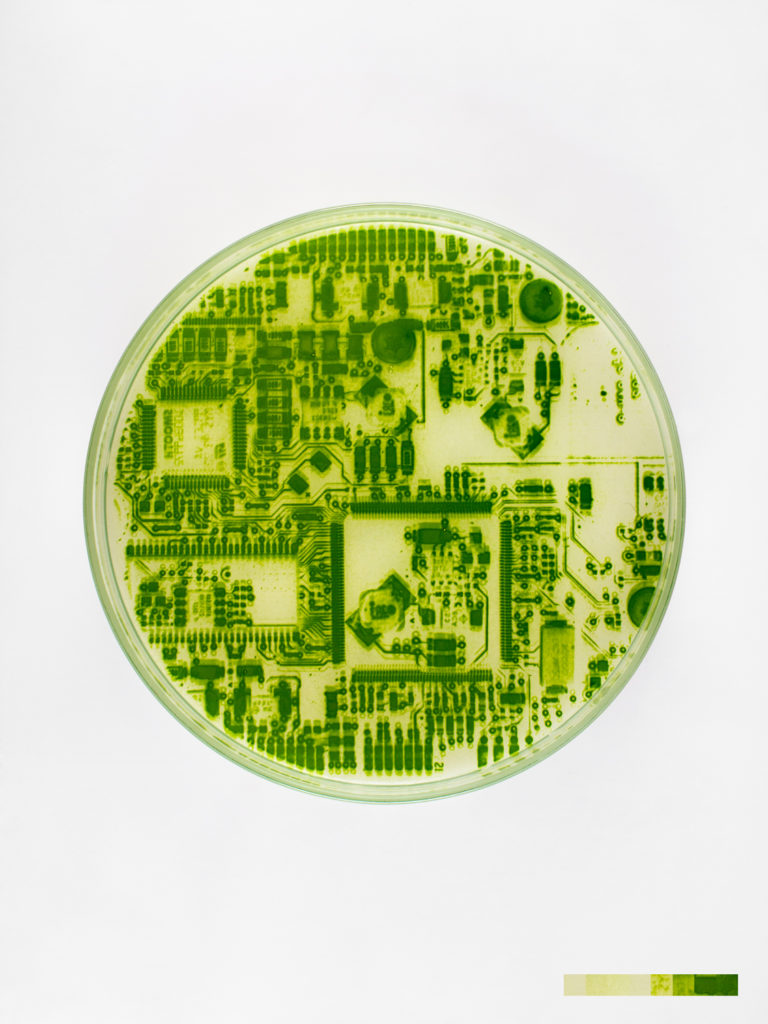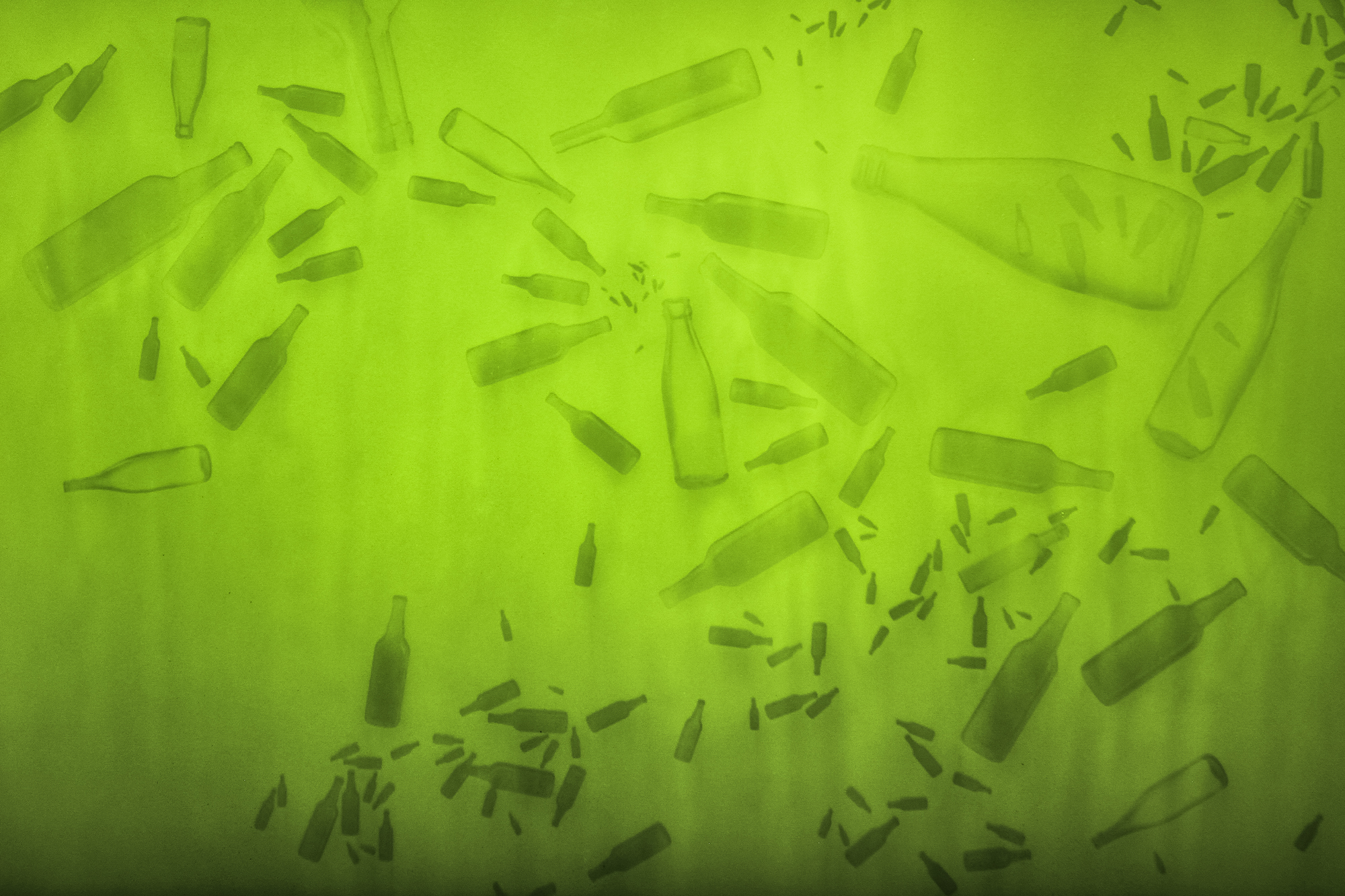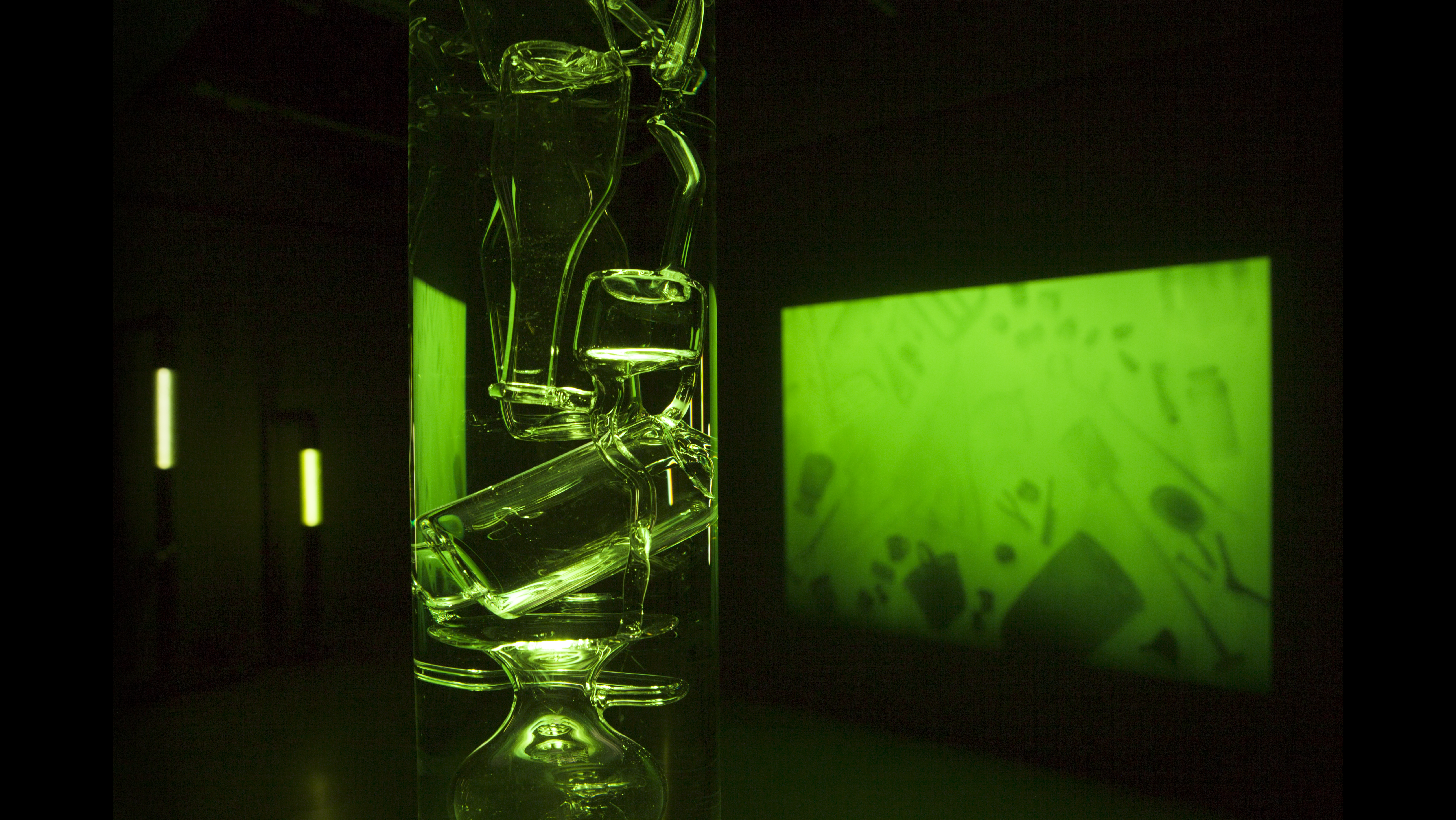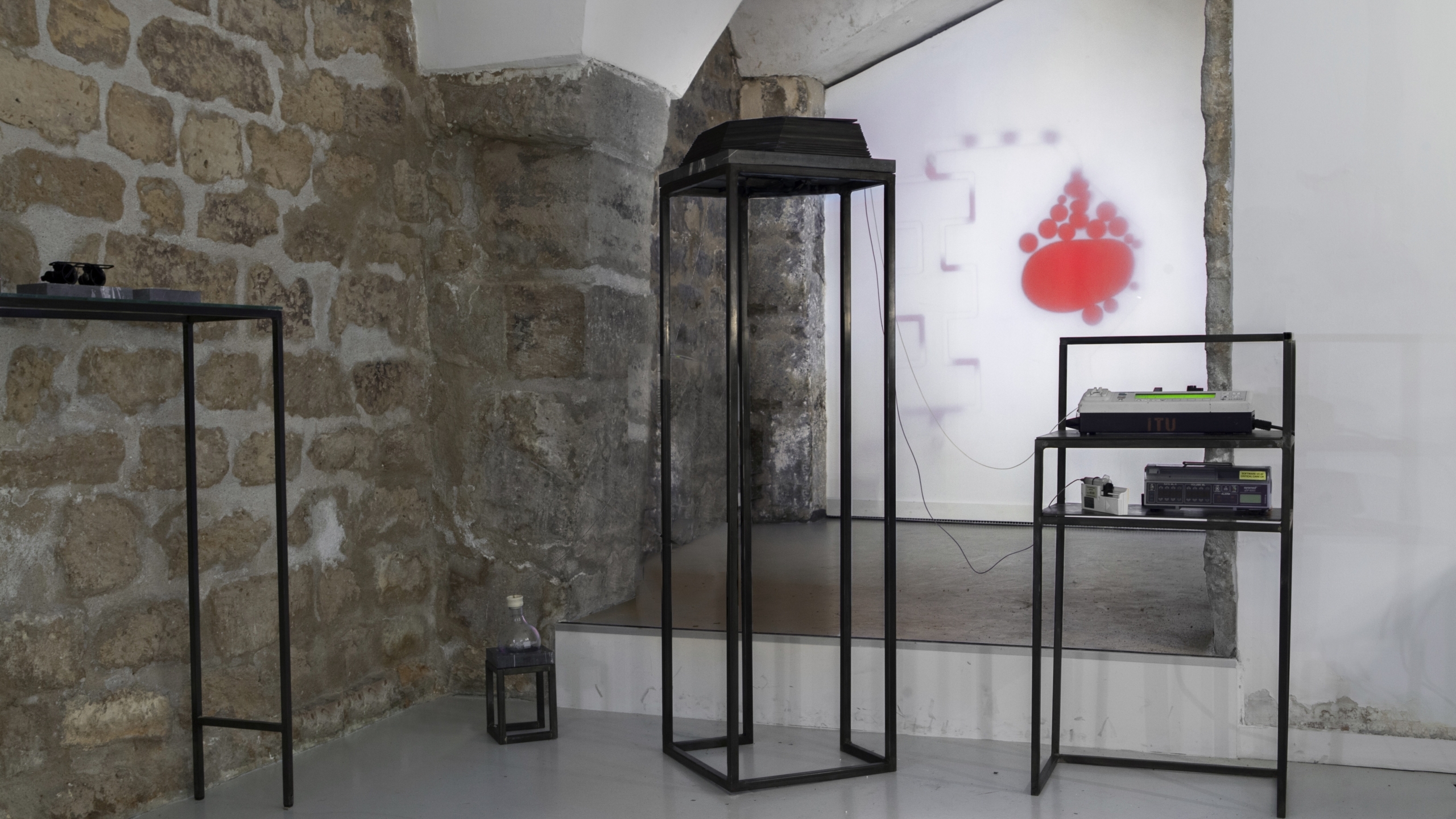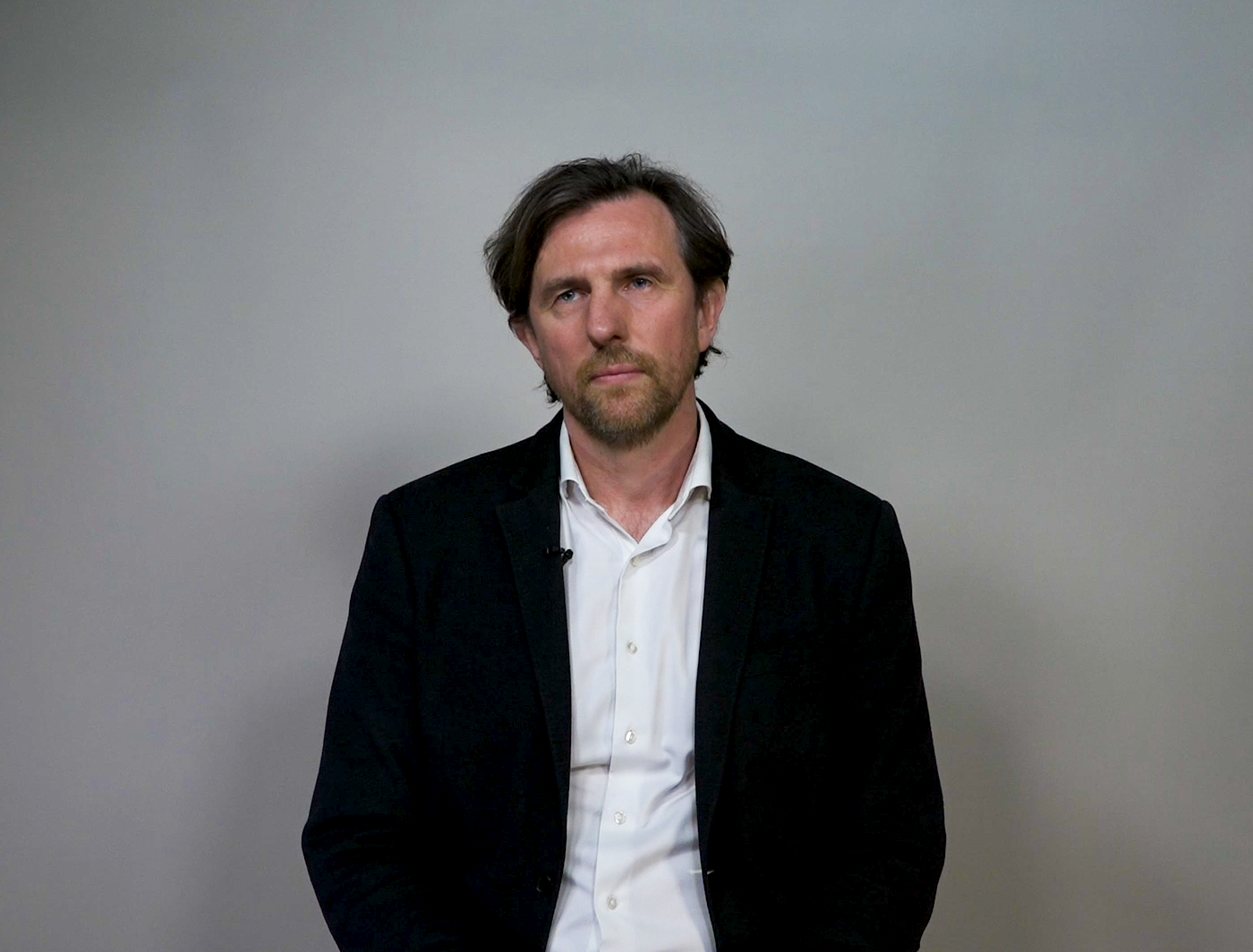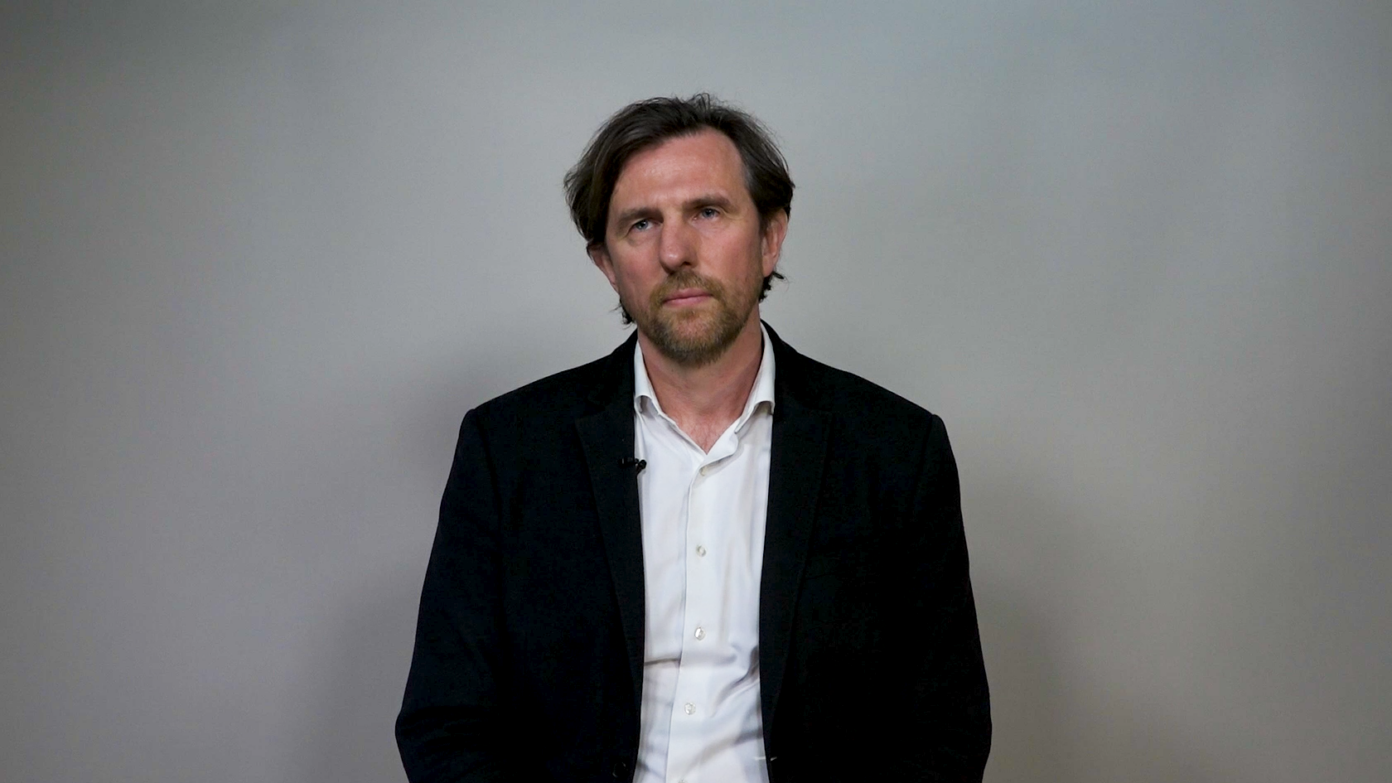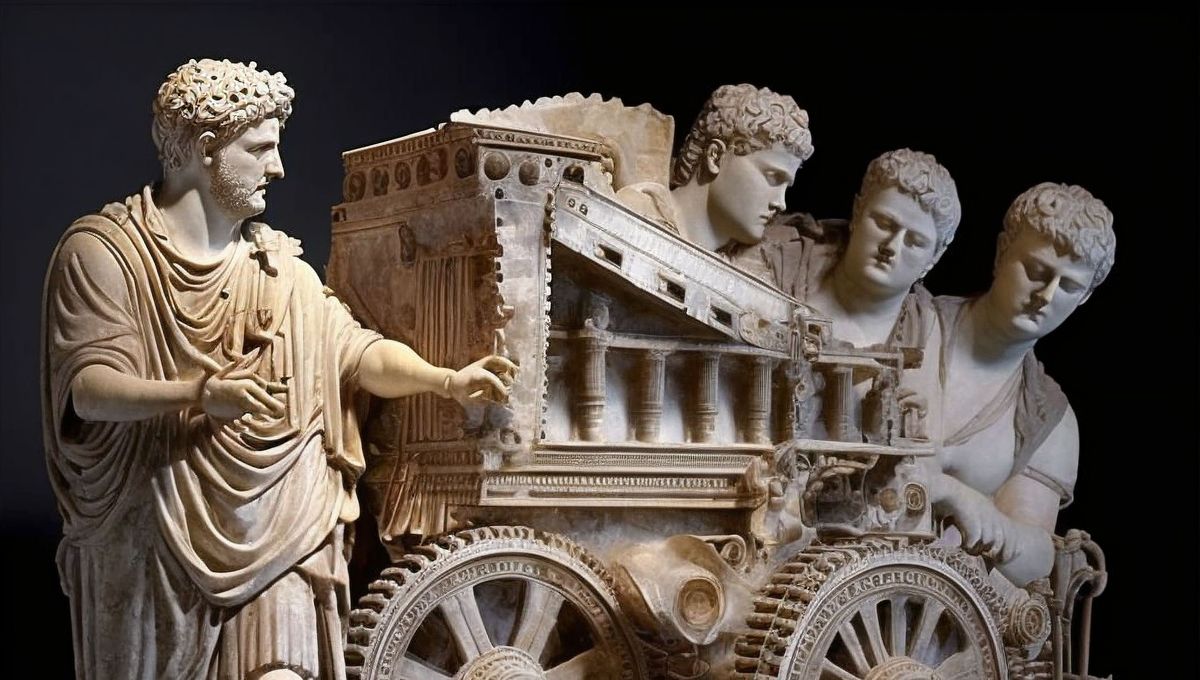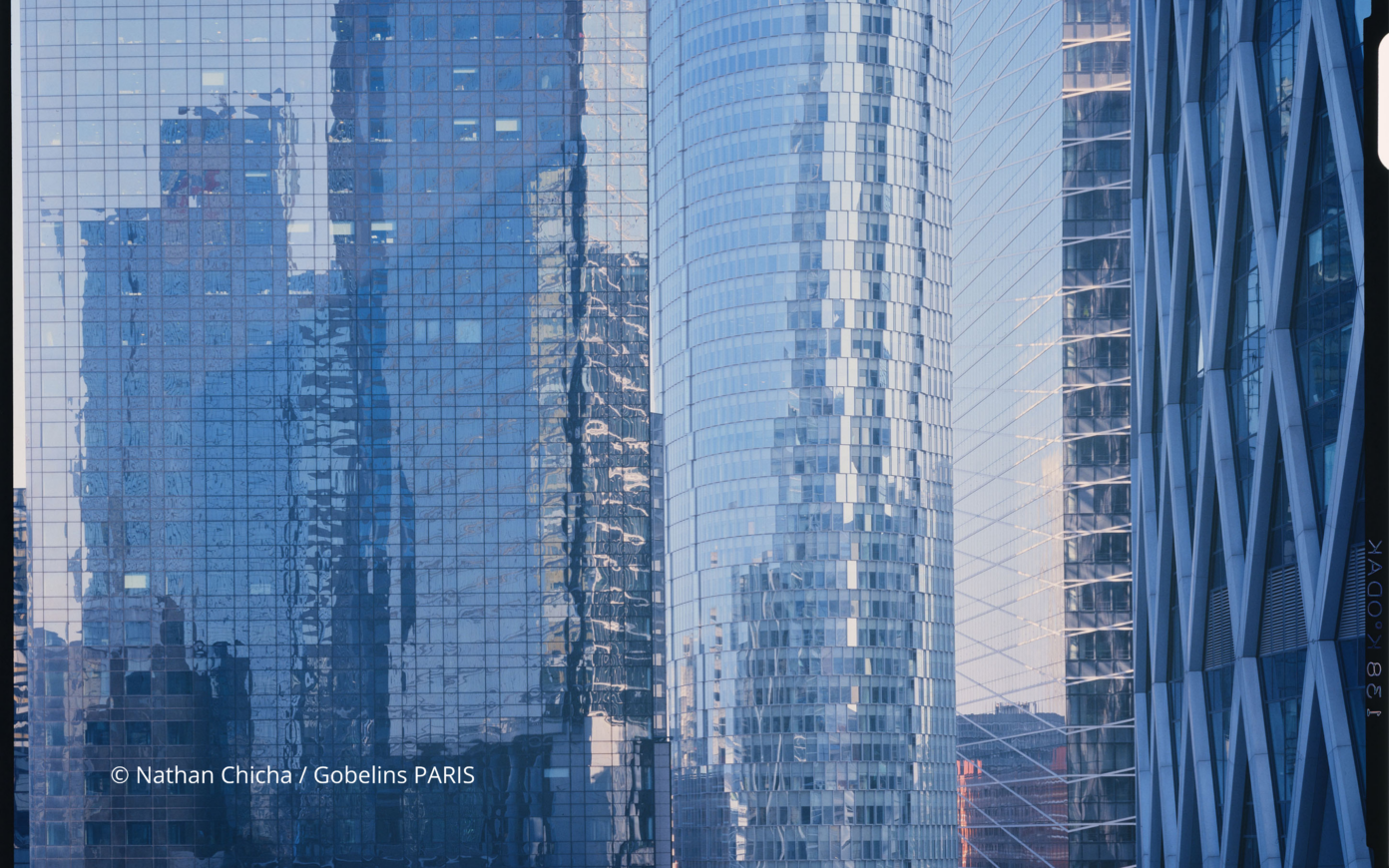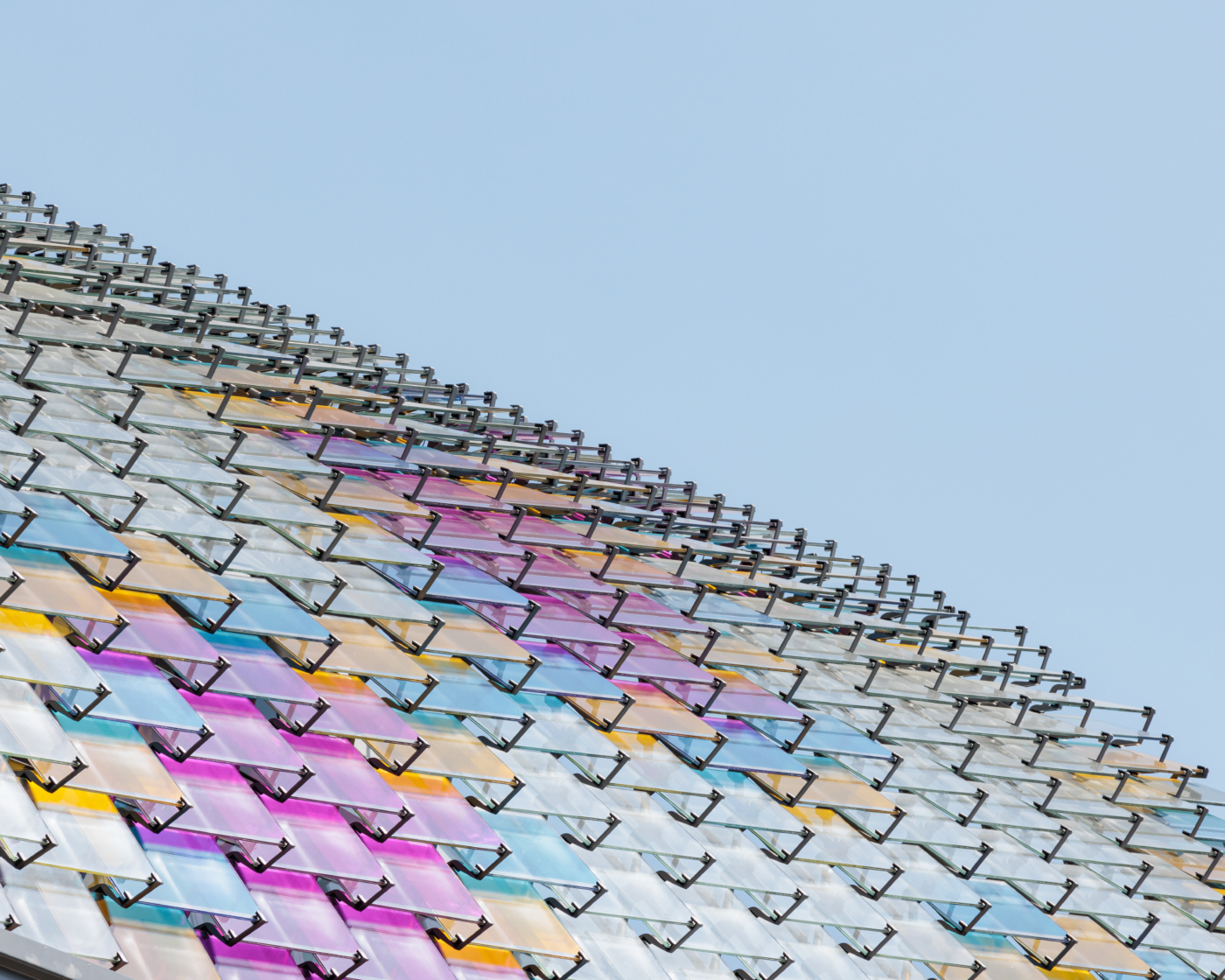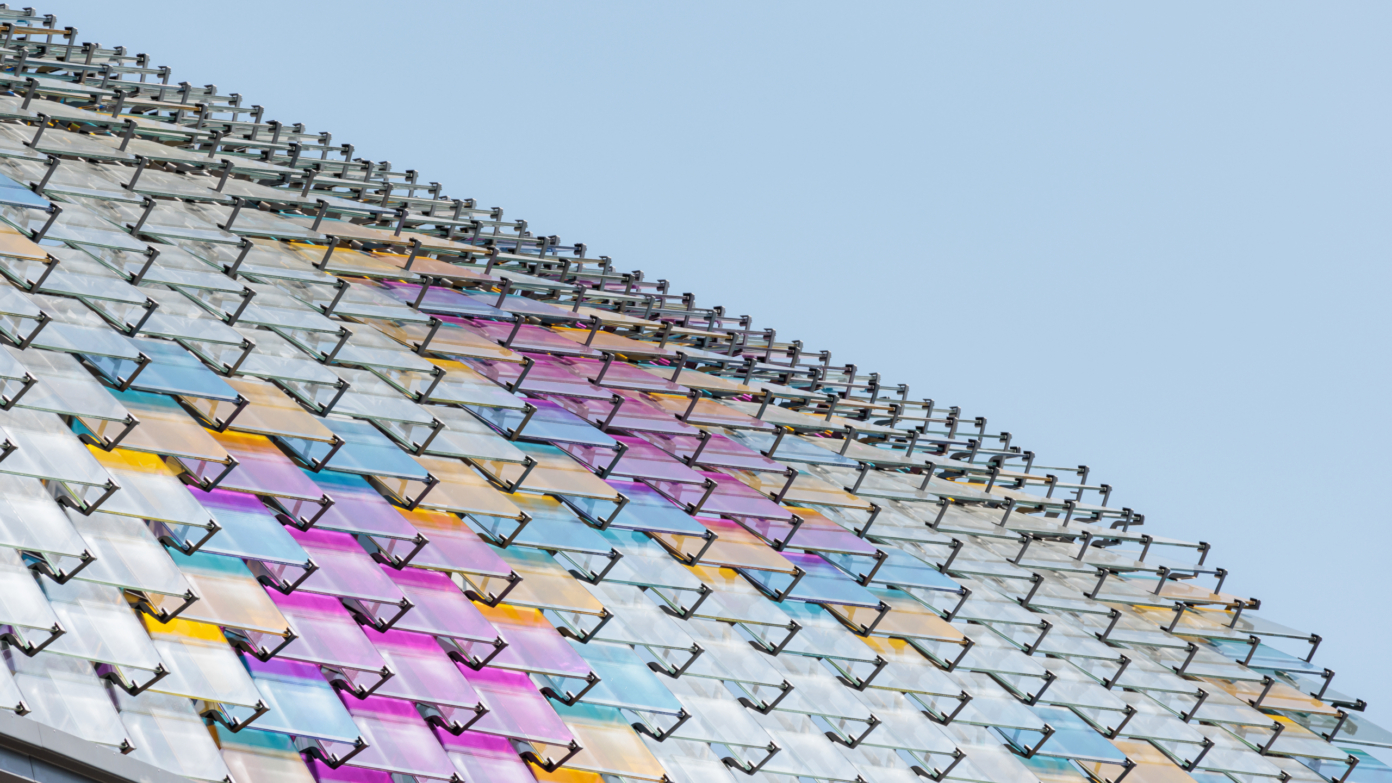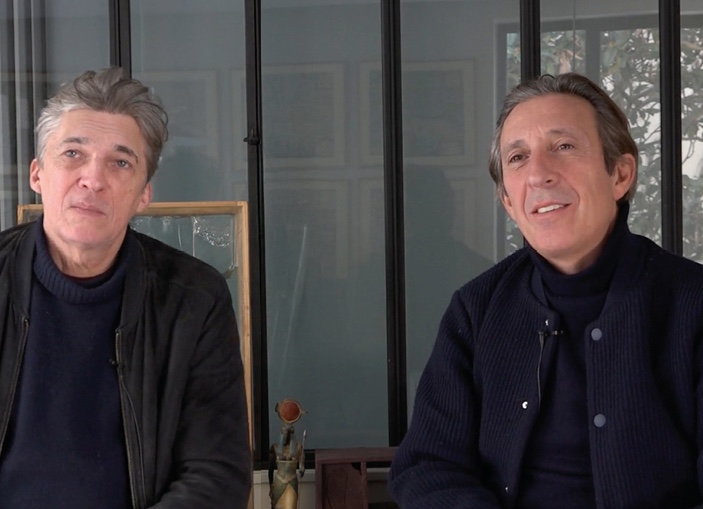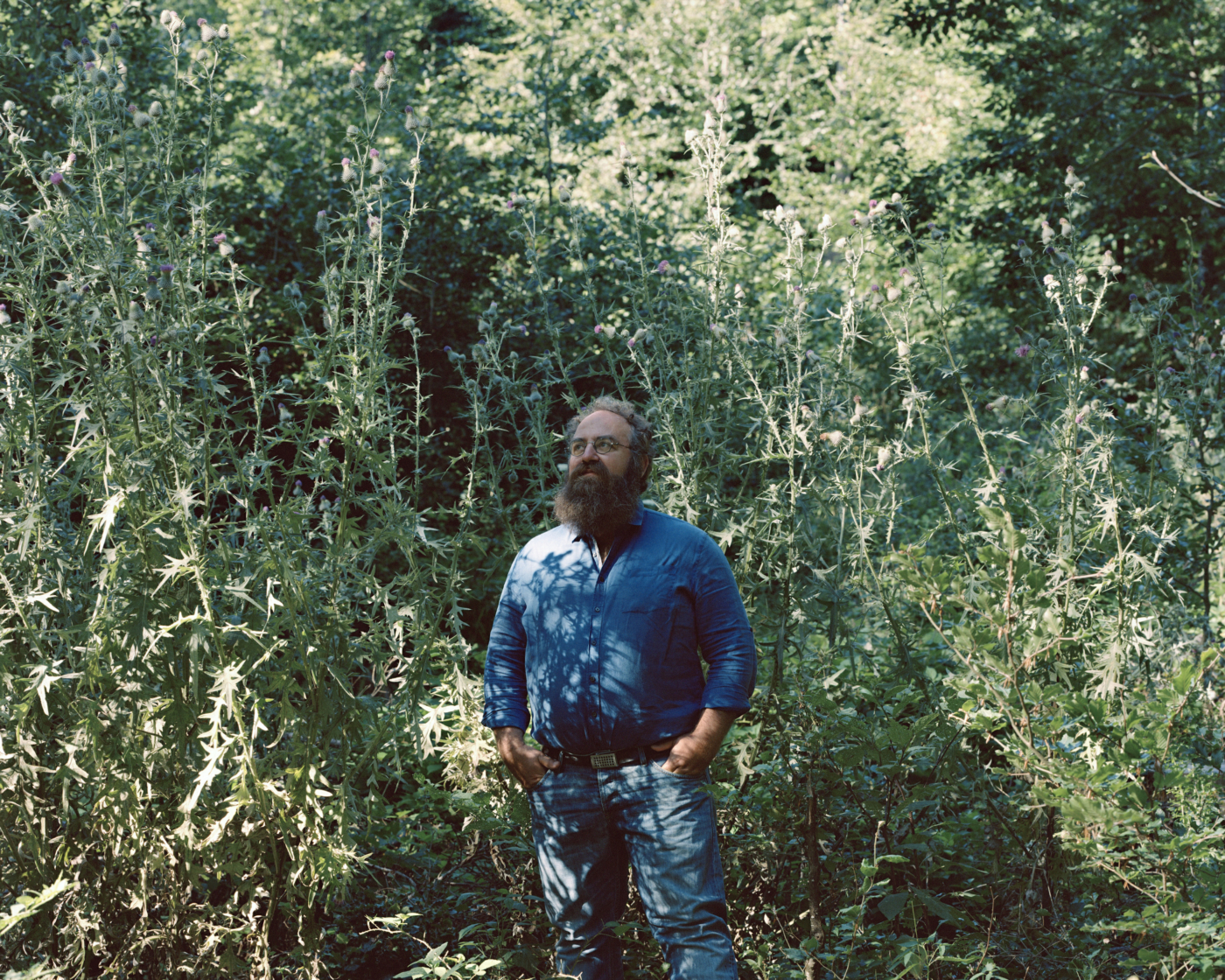STUDYING LIFE: FROM PHENOMENON TO FOUNDING PRINCIPLE
The collective focuses entirely on the phenomenon of life. This is a subject area that has been examined for a long time. It might seem as though the probing would be drawing to a close, yet this is far from being the case. We have learned a lot.However, there is still much to be discovered about life—regarding its origin,its uniqueness, and its banality, as well as its definition and how the living evolve. We explore how technique, and human technology in particular, impact its trajectories. There is a vast subject matter, and we view its exploration as essential to the educated choice of the organization and the functioning of our society, as transplants and genetic engineering now make it possible to modify living beings well beyond breeding or education. To clarify our approach, it seems relevant to us to highlight the analogies between the way in which life produces different levels of organization and the way in which we have progressively developed a collective intelligence—as if a coalescence had gradually brought about, in us and with us, the emergence of a living being composed of a multiplicity of experiences.
Life has provided our collective with its evolutionary principle. For example, when considering new members, we subject them to individual assessments to evaluate what they can bring to the group. Mutual listening and discussion skills are paramount. In its initial condition, our collective involved a small number of people in a predefined institutional environment. It has, since then, transformed and started carrying out various projects, following more or less random encounters within a vast network of relationships, paying no heed to experience. Young students, for example, can rub shoulders with established figures. Though our collective has an organizational principle and the desire to undertake concrete actions, it has no predefined horizon. We like this metaphor of ‘evolutionary tinkering’ and the emergence of an everbecoming and highly indeterminate living organism with diverse components, rich in redundancies and in flexible and changeable internal interconnections. In practice, the life of the collective is punctuated by monthly meetings and retreats—alternating between having informal discussions and identifying objectives to improve their focus—visits to laboratories and exhibitions. The collective is involved in various joint projects, texts, exhibition scenarios, and artworks.
The living intricates many levels of integration. It cannot be resolved into the infinitely large or the infinitely small. It appears as an infinitely complex reality that can only be questioned through the collaboration and confrontation of many disciplines. This is in no way specific to the living world, however, and is, in fact, common to many topics requiring a systemic perspective, including health, climate, food, and so on. The way knowledge-producing institutions are organized follows a twofold logic—a legitimate one that recognizes the worth of disciplines through the value and the uniqueness of their point of view, and another, more questionable one, focused on managing a territory (including positions, financial resources, etc.). Confrontation with complex subjects that cannot be resolved by applying the knowledge of a single discipline is undeniably a drive force behind interdisciplinarity, which also addresses the hyperspecialization of individuals. A logical consequence of the advancement of science and technology, hyperspecialization generally leads to more efficiency, but also generates isolation, as well as a limited knowledge of the diversity of ways that can be used to explore reality.
